Plant Trees

Happy Earth Month! Be the Change: Plant trees
About
Stay up to date on major announcements, exciting collaborations, and more.Visit our Newsroom
We make it simple for anyone to plant trees, and together we can make an incredible impact. Learn more

Stay up to date on major announcements, exciting collaborations, and more.Visit our Newsroom

We make it simple for anyone to plant trees, and together we can make an incredible impact. Learn more
Get Involved
Become a business partner to improve your company’s sustainability initiatives and make an impact. Learn more
See how your support and leadership can help us fund reforestation efforts across the globe. Learn more

Become a business partner to improve your company’s sustainability initiatives and make an impact. Learn more

See how your support and leadership can help us fund reforestation efforts across the globe. Learn more
Learn
Read about stories from the field, interesting facts about trees and get your healthy dose of nature. Visit our blog
Comprised of lesson plans, learning modules, resources, and activities, our T.R.E.E.S. School Program is the perfect addition to your curriculum. Learn more

Read about stories from the field, interesting facts about trees and get your healthy dose of nature. Visit our blog

Comprised of lesson plans, learning modules, resources, and activities, our T.R.E.E.S. School Program is the perfect addition to your curriculum. Learn more
Shop
Our fan-favorite Reforestation T-Shirt. Wear it with pride to show your support of reforesting our planet, one tree at a time. Shop now
Give the gift that lasts a lifetime! Choose an image, write your personalized message and select a delivery date to gift a tree. Gift a tree

Our fan-favorite Reforestation T-Shirt. Wear it with pride to show your support of reforesting our planet, one tree at a time. Shop now

Give the gift that lasts a lifetime! Choose an image, write your personalized message and select a delivery date to gift a tree. Gift a tree
Get Involved
Plant Trees
Get news, updates, & event Info delivered right to your inbox:
If you are wondering why wildfires are getting worse, the answer might come as a surprise: although science shows that climate change is driving the increasing severity, over 90% of forest fires in the United States are caused by human activities — and many of them can be prevented.
While you may have heard about the gender reveal party that sparked the deadly El Dorado fire, many of our everyday activities can also ignite them. We might not be able to stop forest fires entirely because of each ecosystem's unique fire ecology, but if you reside in an area that is prone to drought or forest fires, it is important to follow fire safety guidelines to help prevent potential disasters.
How to Prevent Forest Firest

1. Don’t Set Off Pyrotechnics
We get it: fireworks are as American as baseball and apple pie, and they sure are fun to set off. And gender reveal smoke bombs are all the rage these days, but in a hot and dry environment, they just aren’t worth the risk.

2. Carefully dispose of smoking materials
Whenever you smoke, douse your butts with water and place them in a fire-proof container to safely dispose of after you’re sure they’ve gone out. And whatever you do, don’t toss them on the ground.

3. Camp Responsibly
Before you light up a campfire while camping, ensure the conditions are safe and that there isn’t a fire ban where you are — and never leave your campfire unattended. When you’re done, douse the fire and wait until it’s completely cold to the touch before leaving your campsite.
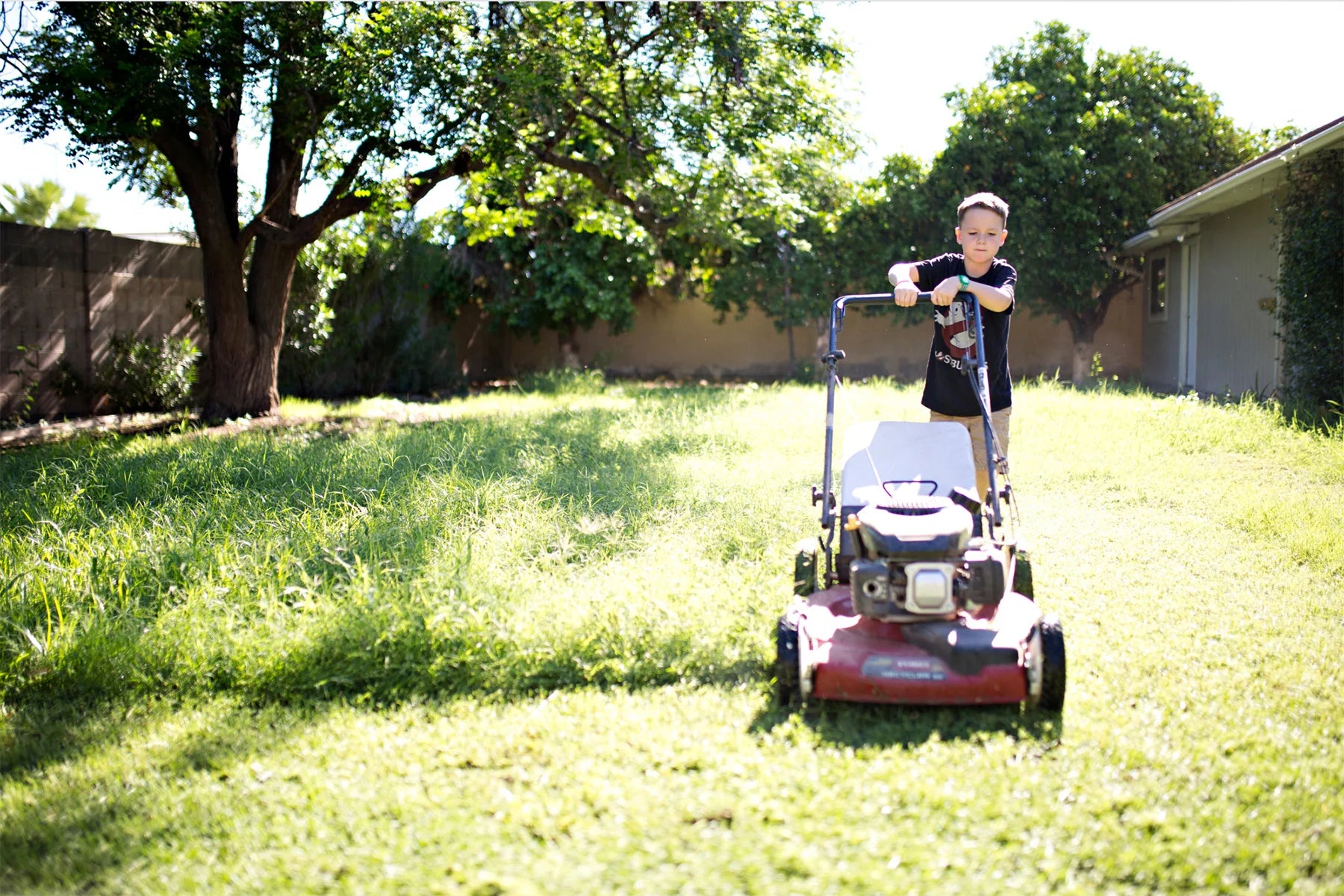
4. Mow the lawn before 10am
If you need to mow your lawn, the California Wildland Fire Coordinating Group recommends doing it early, before temperatures peak. But if it’s excessively windy and dry, wait for another day because the metal blades underneath your mower can easily spark a fire if they strike a rock.

5. Make sure your car's exhaust is up to par
Check the exhaust of your vehicle, chainsaw, leaf blower, etc. to make sure they're equipped with spark arrestors, which prevent engines from emitting flammable debris. And keep in mind that your exhaust can reach temperatures of 1,000+ degrees!
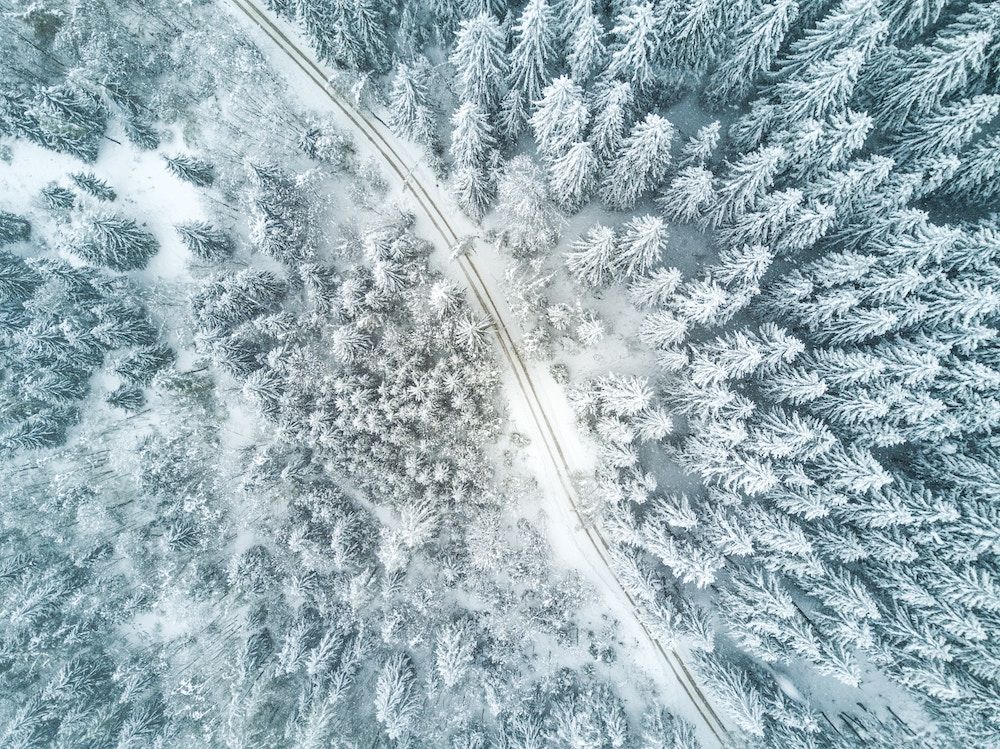
6. Stay on the road
Off-roading is a blast, but it can have deadly consequences if done in grasslands or areas with heavy brush. Stick to gravel and asphalt, especially during dry seasons. In fact, the best time to off-road in fire-prone areas may be when the ground is saturated with rain or covered in snow.

7. Keep a close eye on candles
Innocent though they may seem, candles are a leading cause of home fires. In fact, their flames can burn as hot as 1,400+ degrees! Your best bet? Place them into sturdy containers that can’t be knocked over, like mason jars. And never leave them unattended.
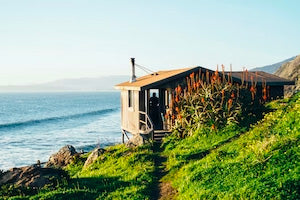
8. Create and maintain defensible space
If you own your home, clear away any dead trees, brush, and vegetation within 100 ft. of all structures. This helps slow and/or stop the spread of wildfires within your community. It will also protect firefighters in the event that they need to battle a blaze around your home.
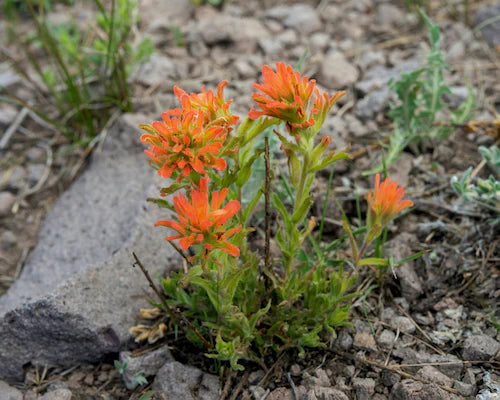
9. Landscape for fire resistance
While you're at it, incorporate fire-resistant plants like french lavender, sage, and California fuchsia and fire-retardant species like aloe, rockrose, and ice plant into your property. Take it one step further by creating fire-resistant zones with stone walls, patios, decks, etc.
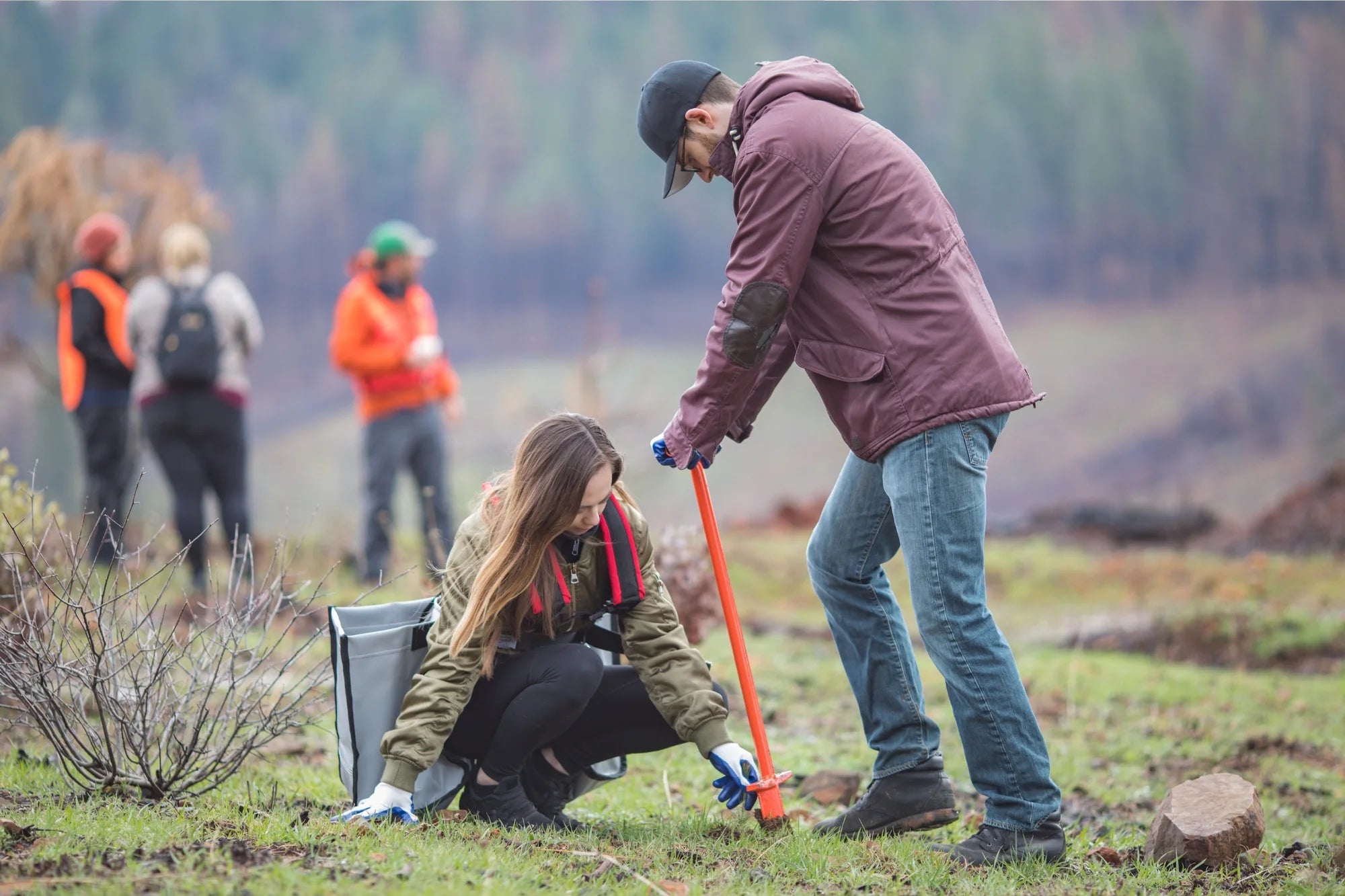
10. Support forest fire restoration
And finally, supporting forest fire restoration in areas that have experienced fires in the past is an important action for helping to prevent and/or reduce future fires. These projects, which are undertaken by conservation professionals, involve planting species that are native and fire-resistant.
Around the world, forest fires are growing in size, severity, range and frequency. Fueled by climate change, historic landscape management, and more, they aren't going away anytime soon. But neither are we. Once fires have been put out and experts have assessed the damage, we work with our partners around the world to restore ecosystems that have been affected by blazes.
Want to learn more about what we’re doing to help forests recover? Check out our forest fires recovery tree planting project.
Get news, updates, & event Info delivered right to your inbox:
Meaghan Weeden
Meaghan works to share our story far and wide, manages our blog calendar, coordinates with the team on projects + campaigns, and ensures our brand voice is reflected across channels. With a background in communications and an education in environmental conservation, she is passionate about leveraging her creativity to help the environment!
Related Posts
Planting Trees in Mexico for Monarch Butterfly Habitat
18/04/2024 by Meaghan Weeden
Everything You Need to Know About Photosynthesis
16/04/2024 by Gabrielle Clawson
Among Climate Change Solutions, Where Does Reforestation Fit?
11/04/2024 by Meaghan Weeden
Popular On One Tree Planted
5 Causes of Deforestation
15/02/2024 by Meaghan Weeden
Inspirational Quotes About Trees
23/01/2024 by Meaghan Weeden
How to Reduce Waste: 21 Ideas for Zero Waste Living
16/01/2024 by Meaghan Weeden





